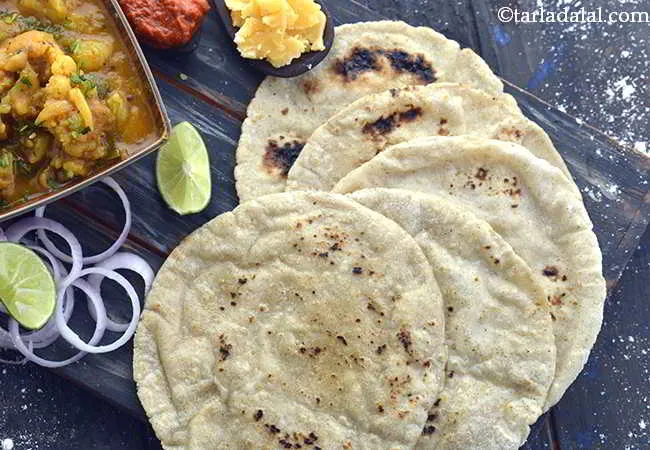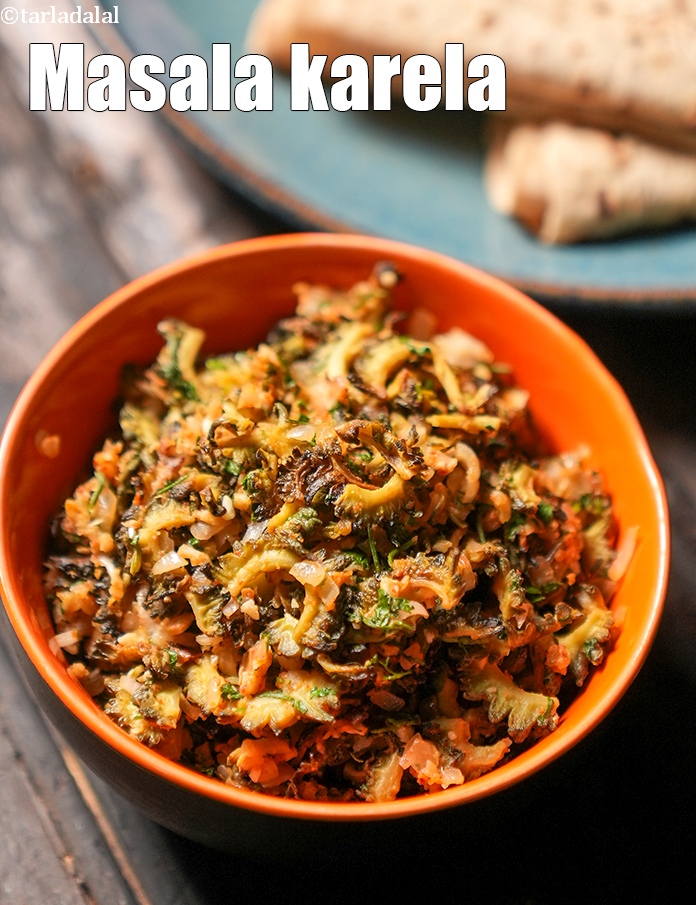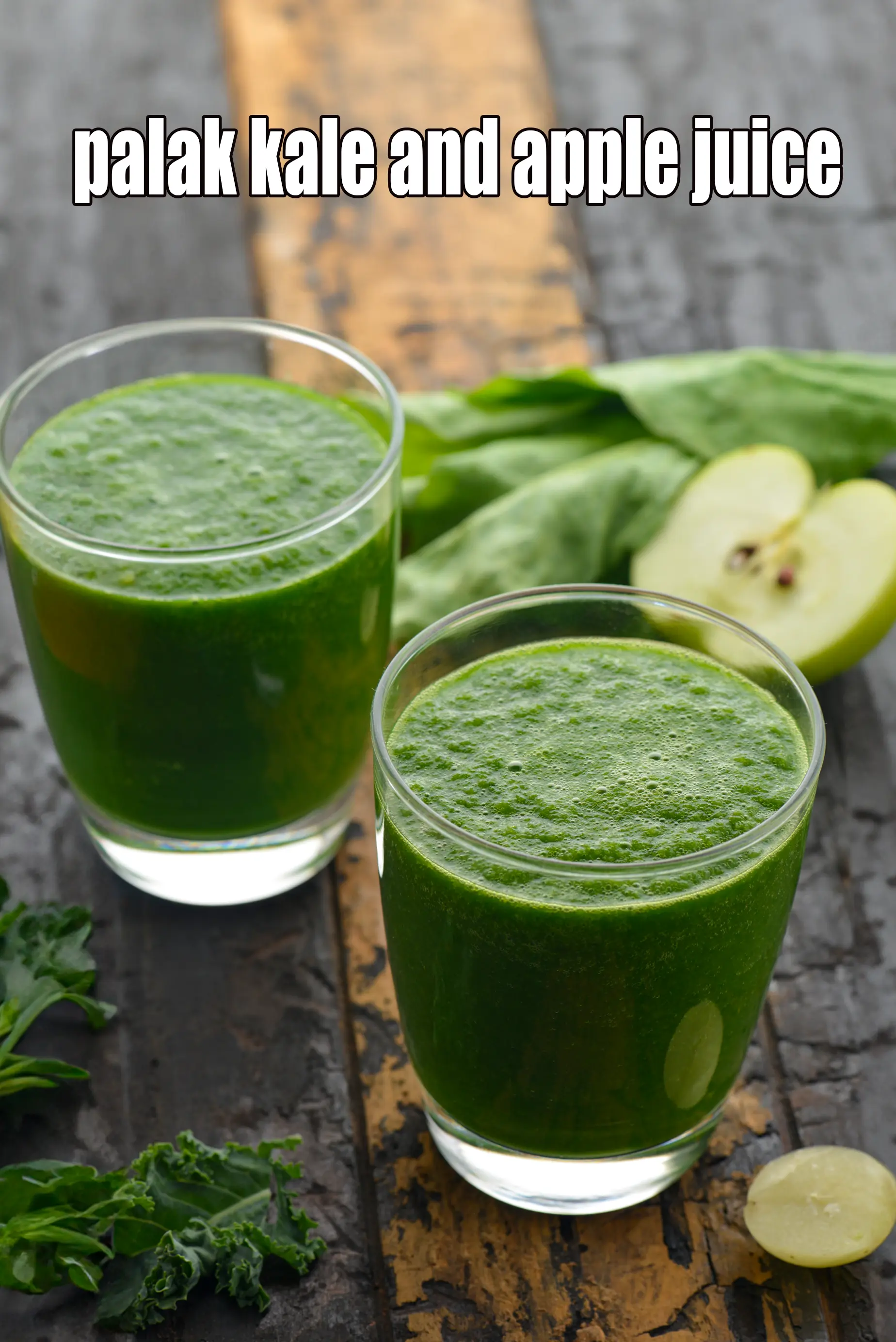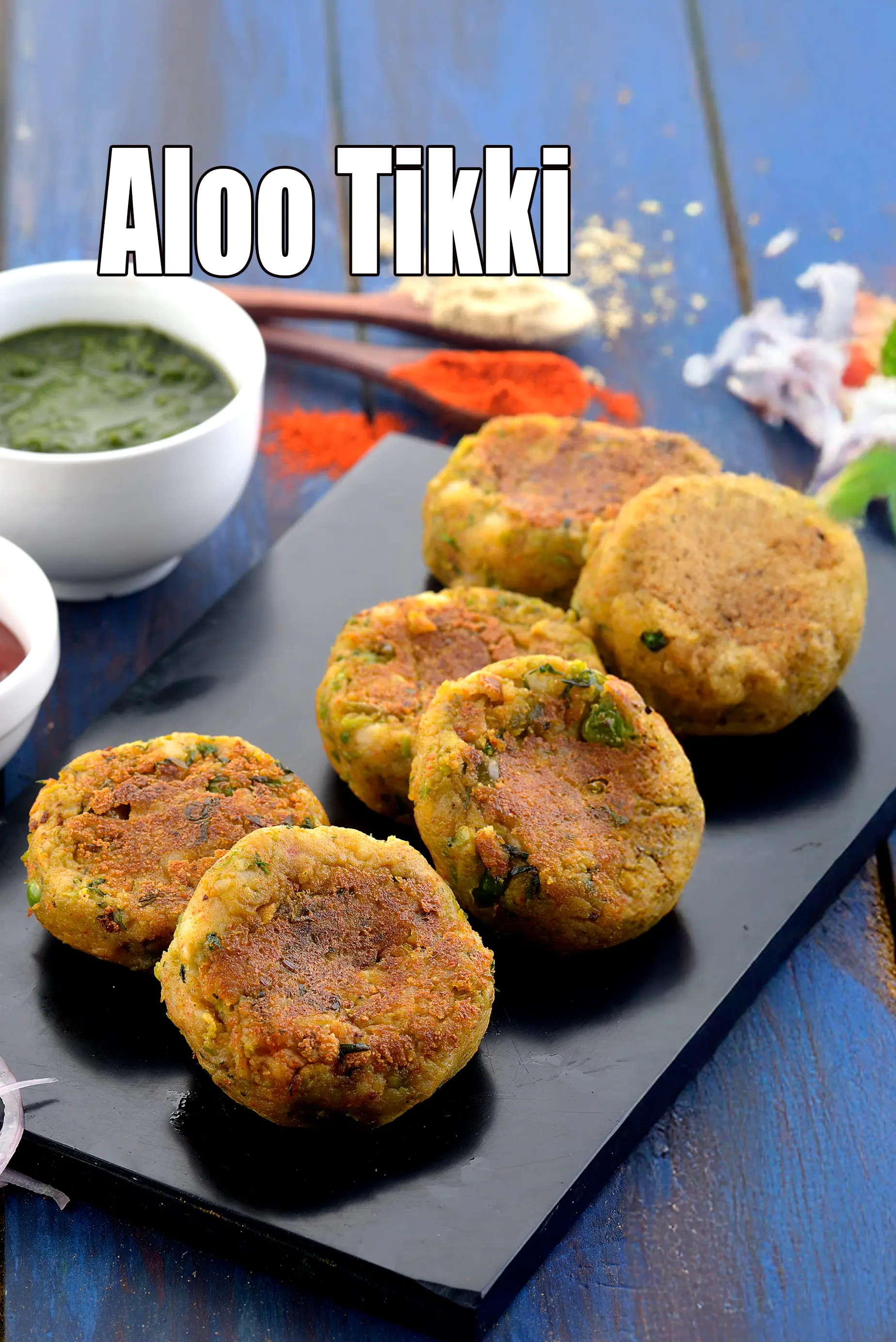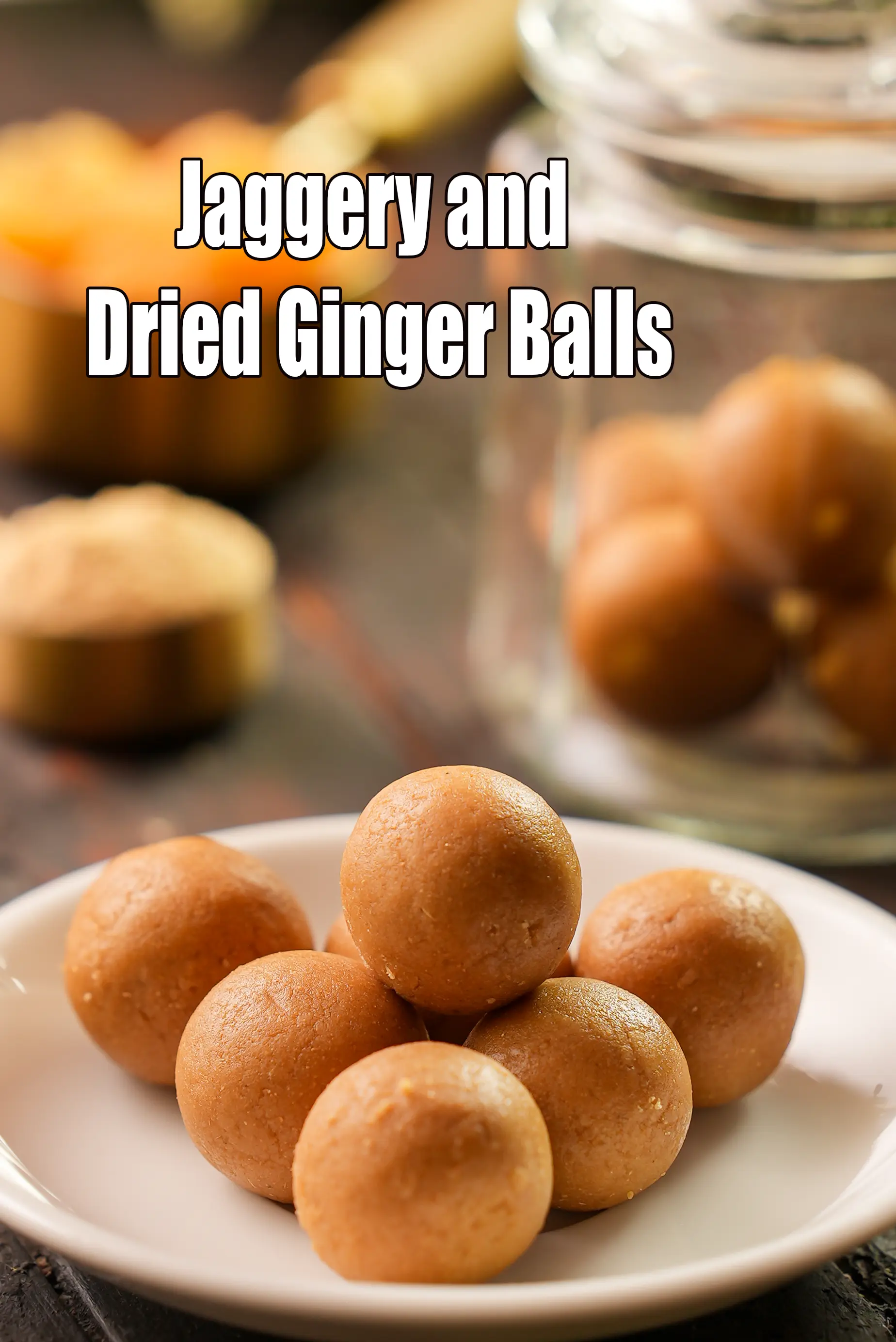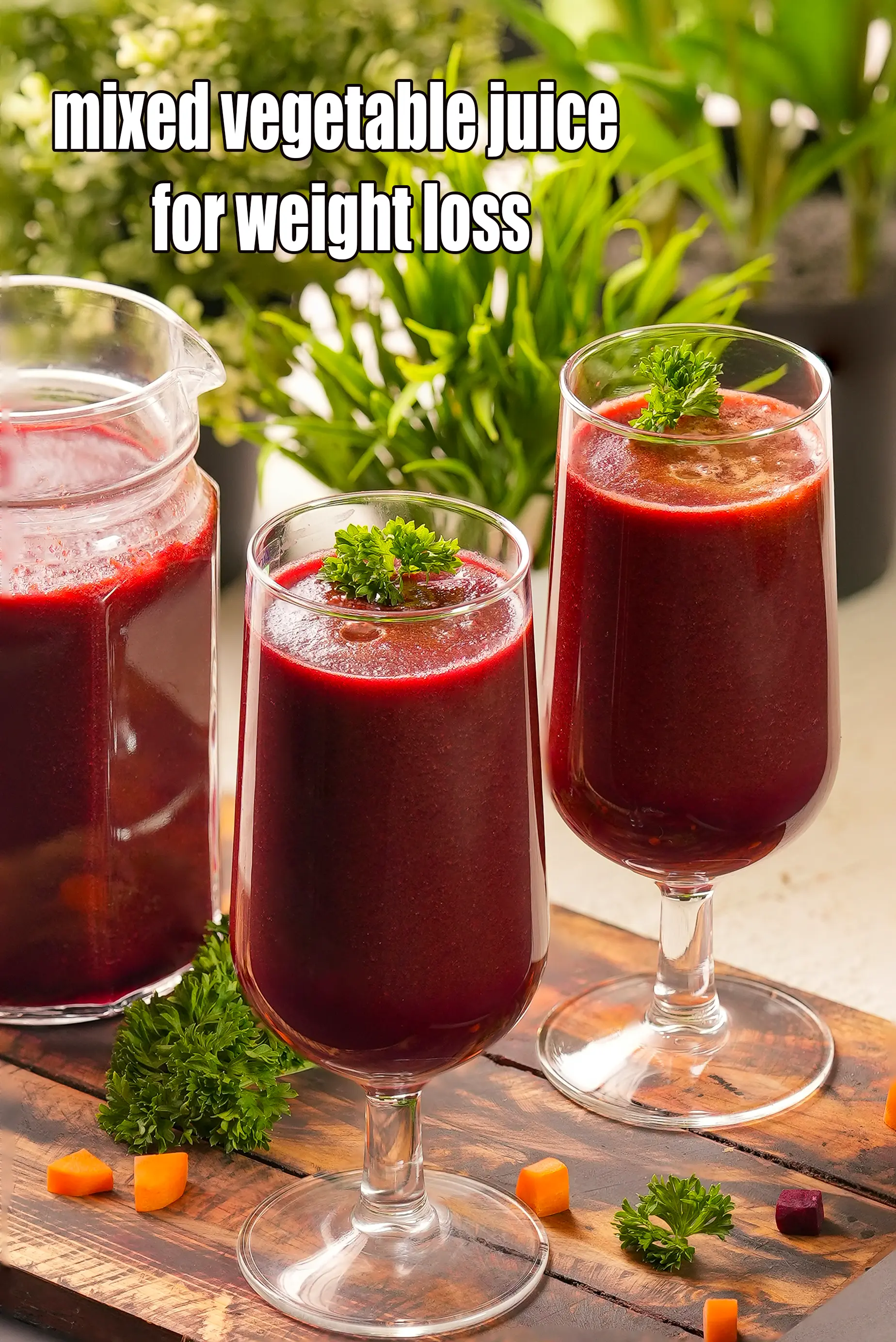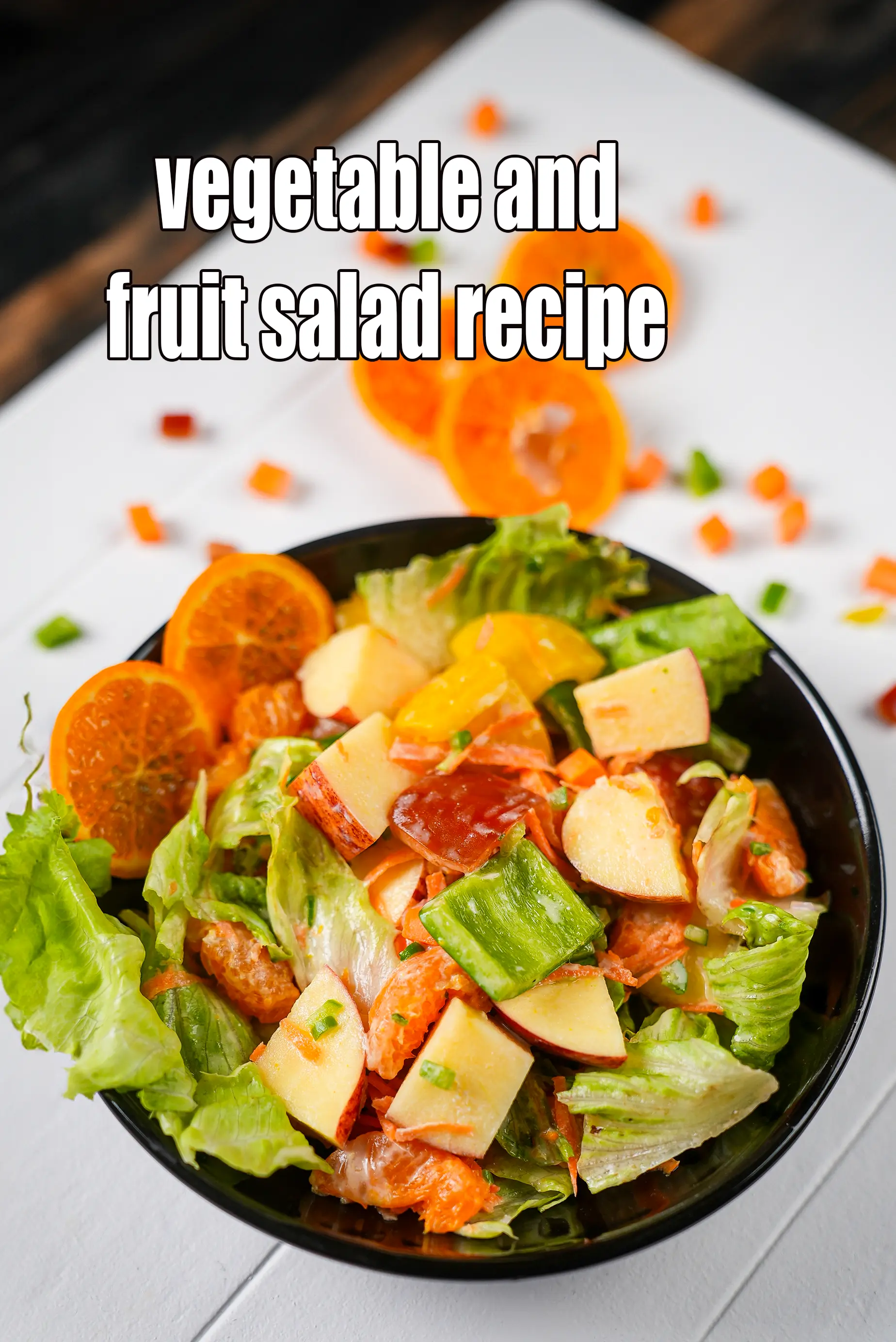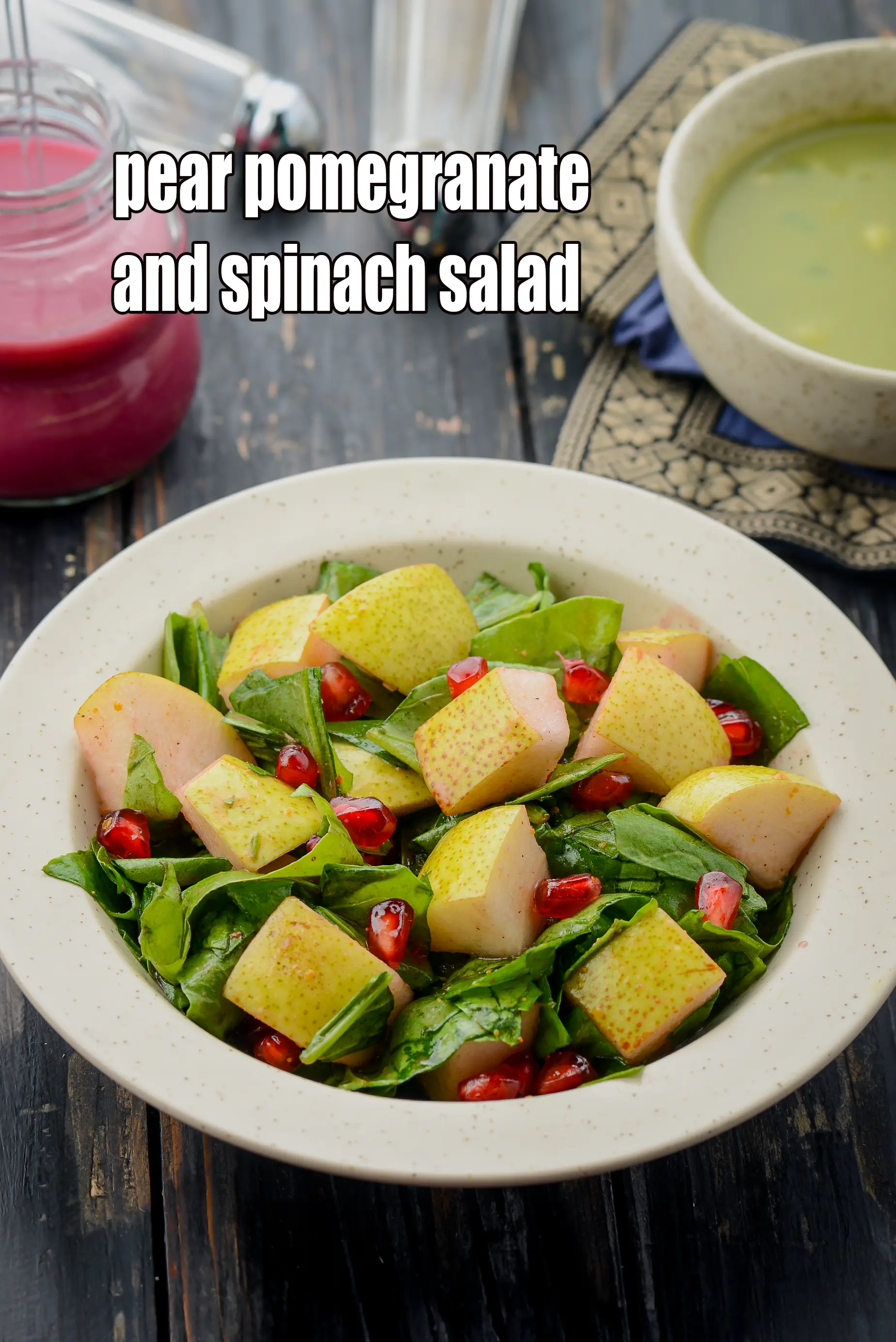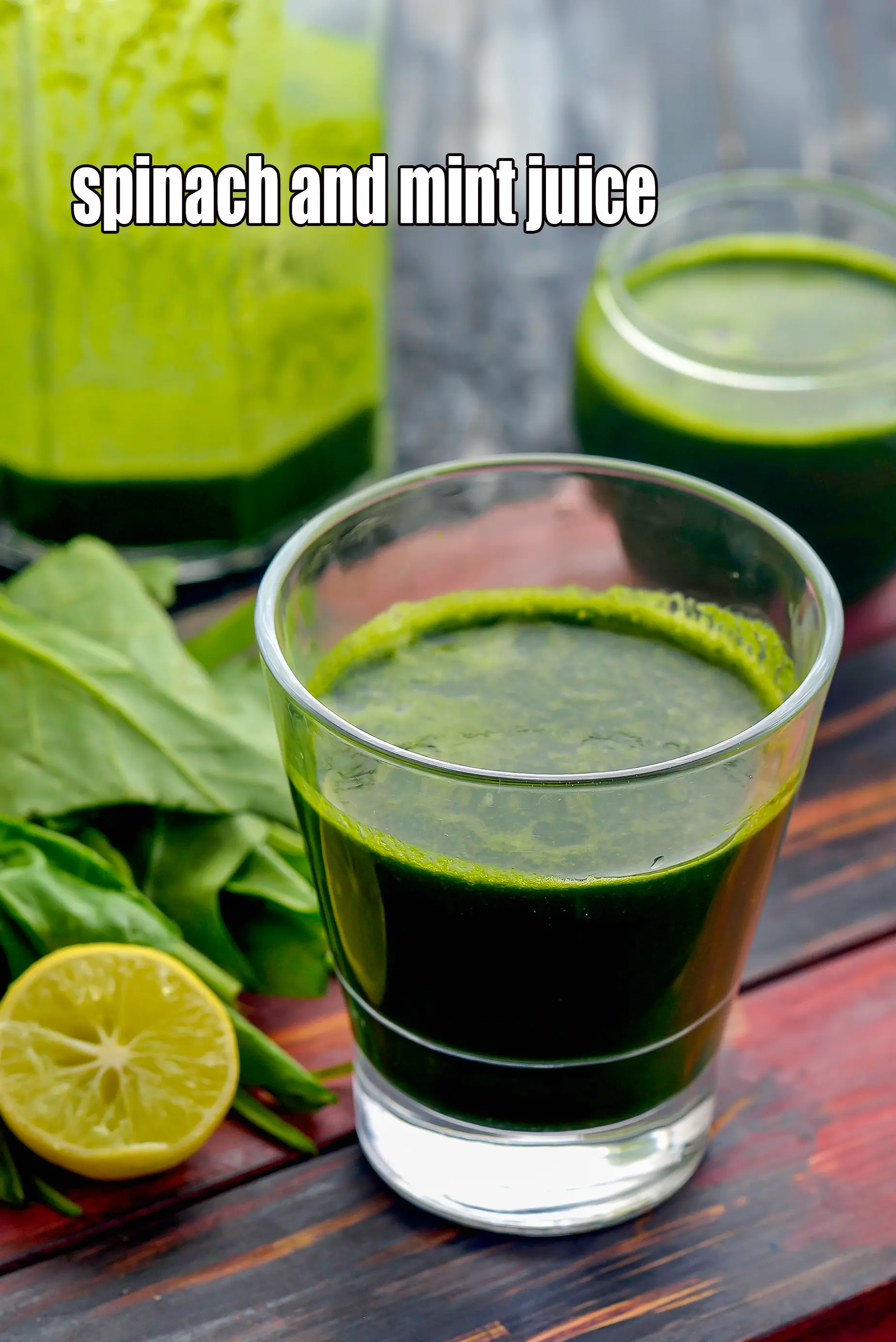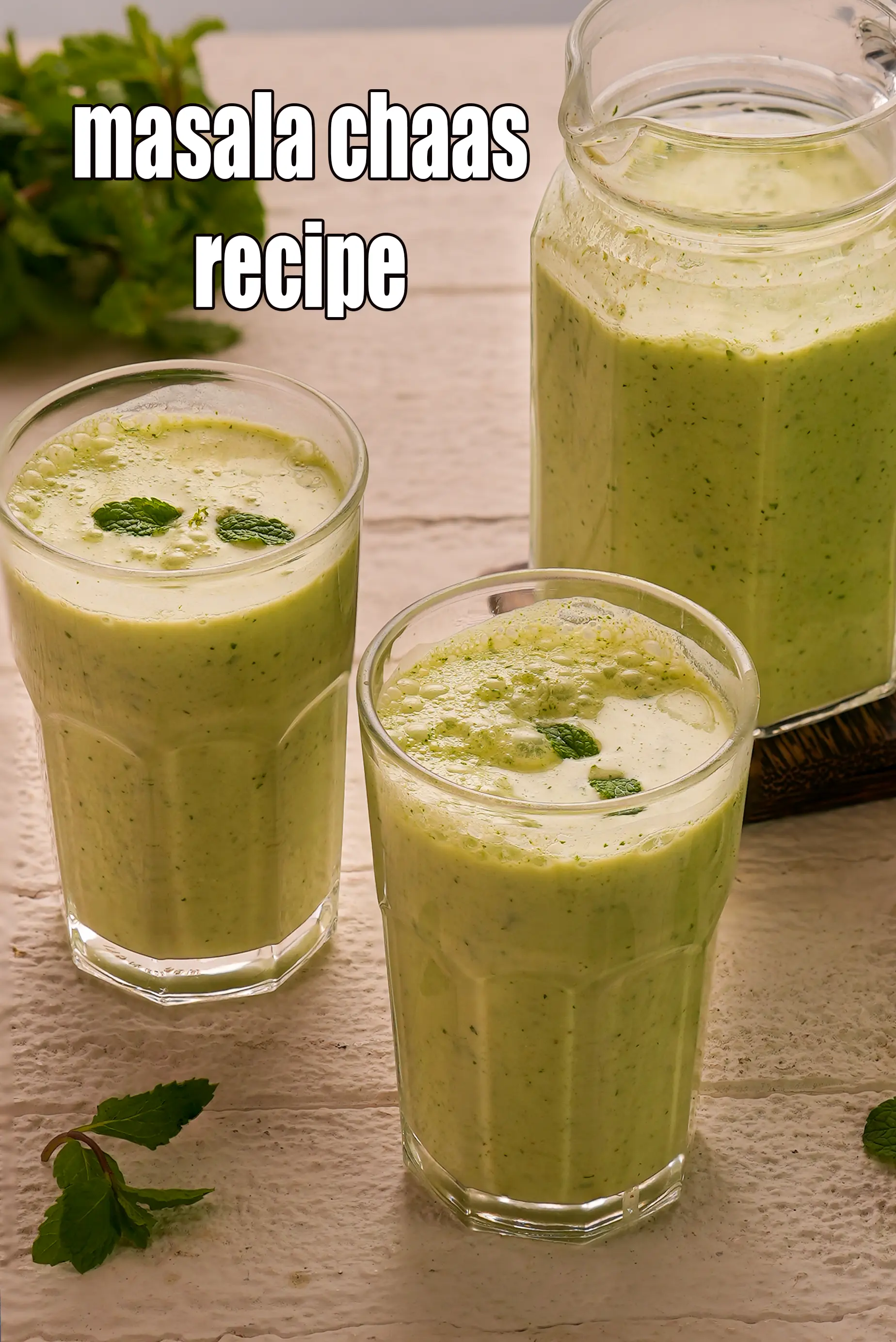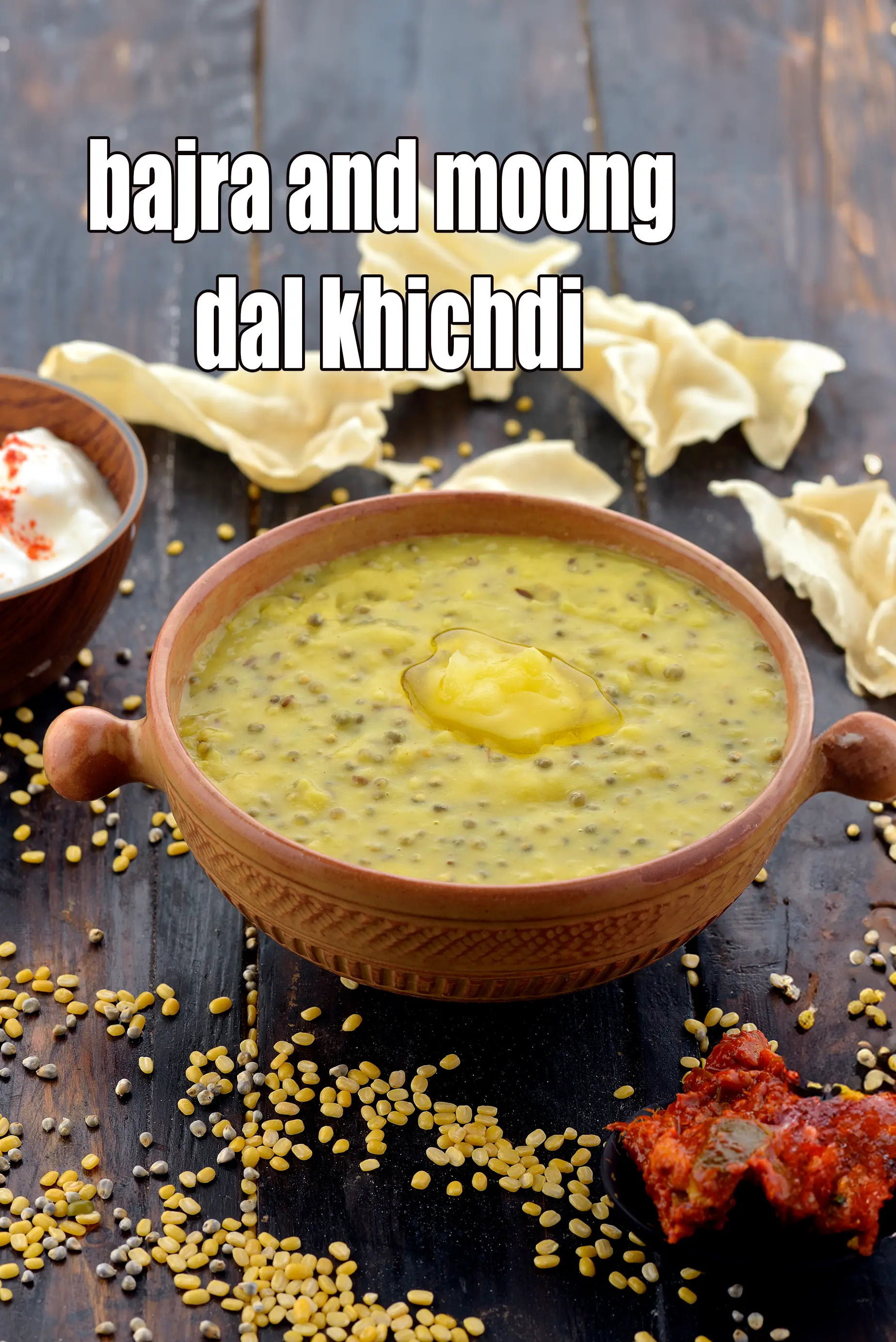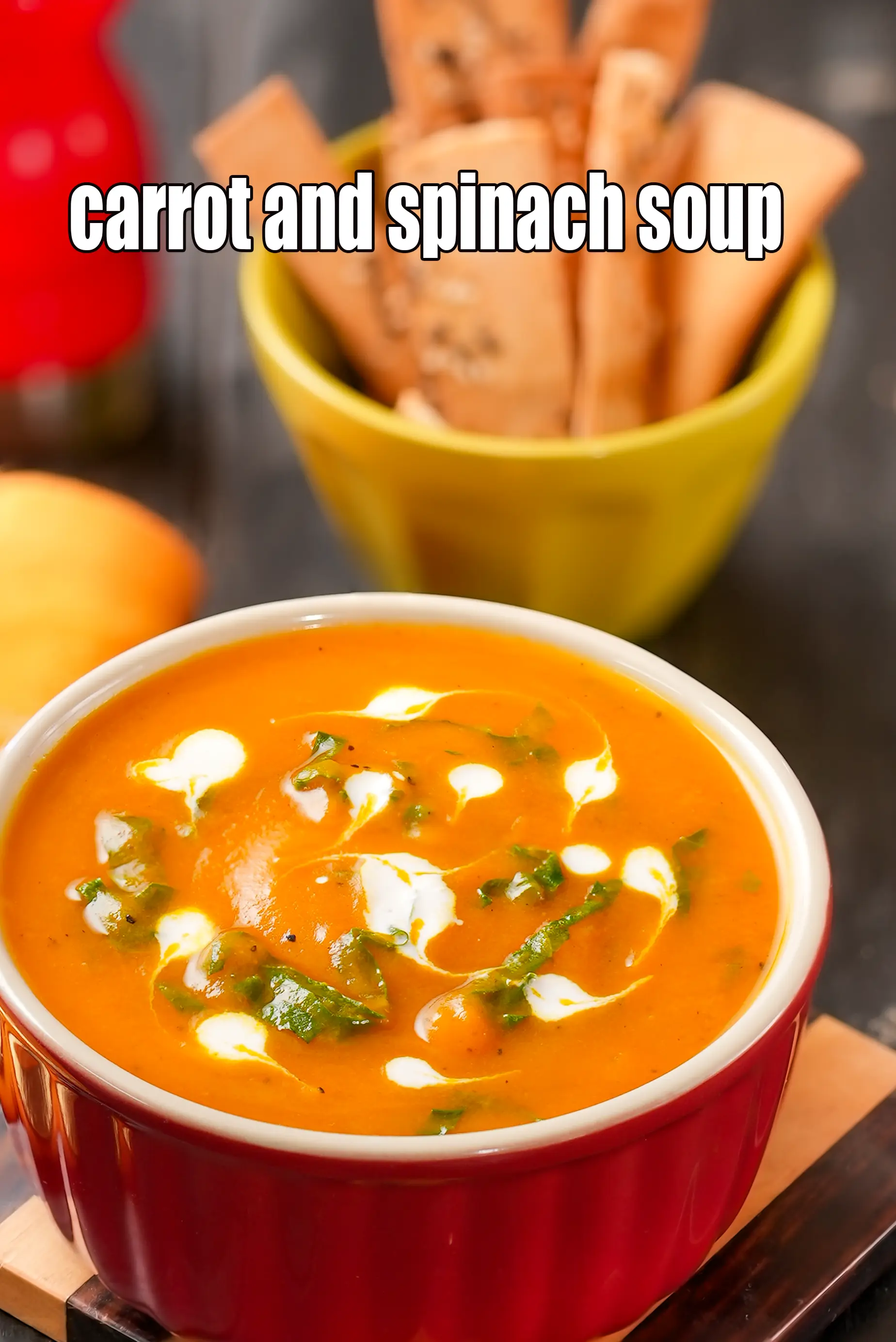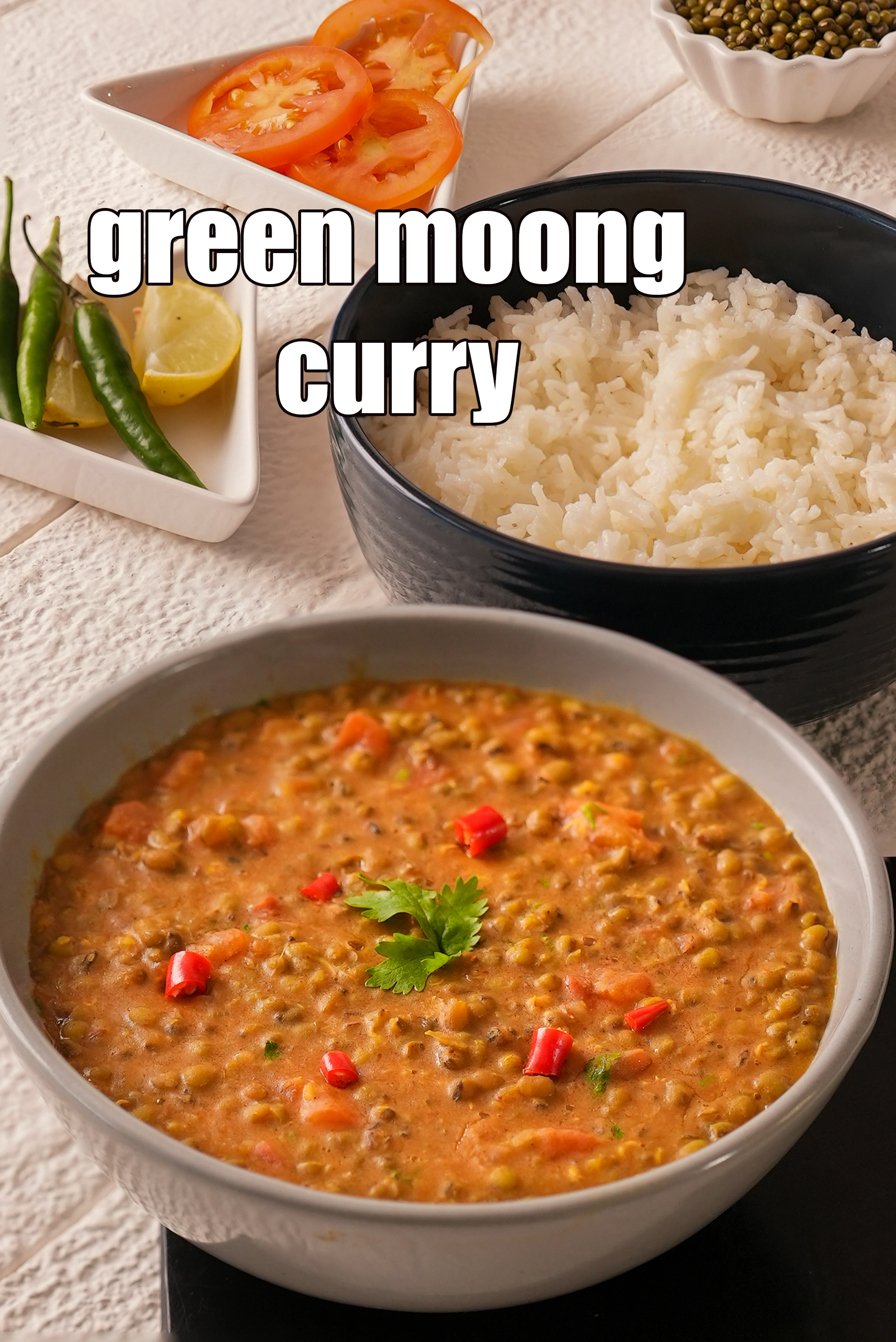Nutritional Facts of Masala Karela, Calories in Masala Karela
This calorie page has been viewed 16049 times
Healthy Indian Recipes
Course
Healthy Indian Recipes
Table of Content
How many calories does one serving of Masala Karela have?
One serving (50 grams) of Masala Karela gives 69 calories. Out of which carbohydrates comprise 42 calories, proteins account for 9 calories and remaining calories come from fat which is 26 calories. One serving of Masala Karela provides about 3.4 percent of the total daily calorie requirement of a standard adult diet of 2,000 calories.
Masala Karela recipe makes 200 grams, serves 4 with 50 grams per serving.
69 calories for 1 serving of Masala Karela, Cholesterol 0 mg, Carbohydrates 8.5g, Protein 2.3g, Fat 2.9g. Find how much fibre, iron, calcium, zinc, magnesium, phosphorus, sodium, potassium, folic acid is present in Masala Karela.
See Masala Karela Calorie. Masala karela is a quick fix healthy Indian accompaniment to wheat flour chapatis. Learn how to make karela masala sabzi.
Masala karela is made from karela, onions, cauliflower, lots of coriander, besan and Indian spices.
To make masala karela, heat the oil in a broad non-stick pan, add the bitter gourd slices and mix well. Cover with a lid and cook on a medium flame for 10 to 12 minutes or till they turn brown in colour, while stirring occasionally. Add the prepared mixture, mix well and cook on a medium flame for another 1 to 2 minutes, while stirring occasionally. Serve immediately.
You will be amazed by how effectively grated cauliflower masks the bitterness of karela, making dry bitter gourd sabzi a delicacy that even kids would not mind eating.
Perked up with onion, coriander and spice powders, karela masala is a treat to the taste buds, and a wonder food for your body too, as karela contains at least three active substances which are known to exhibit anti-diabetic properties. These have been known to have a blood glucose-lowering effect and thus beneficial for diabetics.
In this karela masala sabzi, we have further made it more healthy by cooking it in only 2 tsp of oil. 100 calories, 10 g of carbs and 4 f of fiber is what you gain from 1 serving of this sabzi. This high fiber count is beneficial for heart patients too. It has a cholesterol lowering effect.
With a low sodium count and good potassium count, this karela masala sabzi benefits those with hypertension too. All they need to do is restrict the amount of salt being added as per their daily limit suggested.
Tips for masala karela.
1. Slice the karela thinly, so it is easier to cook.
2. Serve the sabzi immediately to enjoy its freshness.
Is Masala Karela healthy?
Yes, this recipe is good and healthy for everyone.
Let's understand the Ingredients Masala Karela.
What's good in Masala Karela.
Karela ( bitter gourd) : Anyone who has just been detected with diabetes is advised to eat karela by all. Many studies have shown that they contain insulin like substances which help to keep blood sugar under control. Moreover the carb count of this gourd is also low, which is an added advantage for diabetics. Bitter gourd not only reduces intestinal disorders like constipation but is equally beneficial for Irritable Bowel Syndrome (IBS). See detailed benefits of bitter gourd karela.
Onions (pyaz, kanda) : Raw onions are a very valuable source of vitamin C – the immune building vitamin. Along with other phytonutrients from onions, it helps to build WBC (white blood cells) which serves as a line of defence against illness. Yes, it’s a source of many antioxidants, the most important one amongst them being Quercetin. The quercetin in Onions promotes production of HDL (good cholesterol) and lowers total cholesterol in the body. The sulphur in onions act as a blood thinner and prevents blood clotting too. This in turn would lower blood pressure and good for heart, diabetics. Read the benefits of onions.
Cauliflower (phool gobi) : Cauliflower is extremely low in carbs and therefore does not raise blood glucose levels quickly. One cup Cauliflower provides you 100% off your daily recommended allowance of Vitamin C. It is rich in Antioxidant. Being rich in Indoles, Cauliflower and other Cruciferous Vegetables like broccoli, kale, radish, brussel sprouts, red cabbage maintain Estrogen balances which is crucial for women. Read here for detailed benefits of cauliflower.
Besan : Besan has more good fat than whole wheat flour and also higher protein content. Rich in complex carbohydrates and with a low glycemic index, besan is good for diabetics too. Besan is high in Folate or folic acid, which is important for rapid growth and multiplication of red blood cells and white blood cells (WBC) in the bone marrow. See 10 detailed benefits of besan and why it's good for you.
Coriander (kothmir, dhania) : Coriander is a fresh herb often used as a flavour enhancer in Indian cooking. It is mainly used as a garnish. This is the best way to use it - no cooking. This preserves its vitamin C content which helps to build our immunity and bring that sparkle to the skin. The antioxidants vitamin A, vitamin C and the quercetin present in coriander works towards strengthening our immune system. Coriander is a fairly good source of iron and folate – the 2 nutrient which help in the production and maintenance of red blood cells in our blood. Good for reducing cholesterol and good for diabetics. Read 9 benefits of coriander to understand details.
Coconut Oil : Use coconut oil instead of processed seed oils like soyabean oil, canola, sunflower oil, corn oil and other omega-6 rich oils should be used in very low amounts. Coconut oil is a medium chain triglycerides (MCT’s). Unlike other fats, they go directly from the gut to the liver. From here, they are then used as a source of energy. As the calories in MCT’s are used straight away, they are less likely to be stored as fats in the body. MCT's have shown to improve your brain and memory function, they also give a boost to your energy levels and improve your endurance. The MCT in Coconut oil reduces the LDL cholesterol (bad cholesterol) while increasing the count of HDL cholesterol, maintaining normal blood pressure and good for diabetics. See detailed benefits of coconut oil.
Can diabetics, heart patients and over weight individuals have Masala Karela?
Yes, this recipe is good for diabetics, heart and weight loss. Bitter Gourd contain insulin like substances which help to keep blood sugar under control. Moreover the carb count of this gourd is also low, which is an added advantage for diabetics.
Can healthy individuals have Masala Karela ?
Yes, this is healthy subzi. Anyone who has just been detected with diabetes is advised to eat karela by all. Many studies have shown that they contain insulin like substances which help to keep blood sugar under control.
What is a healthy accompaniment to the Masala Karela?
We suggest a bajra roti, jowar roti, radish nachni roti recipe , basic ragi roti recipe, and whole wheat roti to make a healthy combination.
Jowar Roti
Masala Karela is high is
Vitamin C : Vitamin C is a great defence against coughs and colds. Have citrus fruits, lemons, vegetables ( capsicum, broccoli, cabbage). Not all of the vitamin C is lost when vegetables are cooked. Some studies have shown that up to 50% of the vitamin C can be retained, depending on the cooking method and the vegetable. Cook vegetables quickly. The longer vegetables are cooked, the more vitamin C they will lose. 139% of RDA.
How to burn 69 calories that come from Masala Karela?
Walking (6 kmph) = 21 mins
Running (11 kmph) = 7 mins
Cycling (30 kmph) = 9 mins
Swimming (2 kmph) = 12 mins
Note: These values are approximate and calorie burning differs in each individual.
| Energy | 69 cal |
| Protein | 2.3 g |
| Carbohydrates | 8.5 g |
| Fiber | 3.4 g |
| Fat | 2.9 g |
| Cholesterol | 0 mg |
| Vitamin A | 198.2 mcg |
| Vitamin B1 | 0.1 mg |
| Vitamin B2 | 0.1 mg |
| Vitamin B3 | 0.6 mg |
| Vitamin C | 55.5 mg |
| Folic Acid | 13.4 mcg |
| Calcium | 33.4 mg |
| Iron | 0.8 mg |
| Magnesium | 30.5 mg |
| Phosphorus | 70.7 mg |
| Sodium | 10.8 mg |
| Potassium | 172 mg |
| Zinc | 0.4 mg |
Click here to view Masala Karela
Calories in other related recipes
